The Passenger Cars Market is a dynamic and rapidly evolving sector characterized by intense competition, technological advancements, and shifting consumer preferences. This market is influenced by various factors, including economic shifts, regulatory environments, and advancements in automotive technology.
Competitive insights into this market reveal the strategies employed by major industry players to enhance their market share, improve customer experience, and innovate their product offerings. Major organizations are focusing on electric and hybrid vehicles, integrating smart technologies, and enhancing sustainability efforts.
The landscape is increasingly marked by collaborations and partnerships aimed at leveraging shared resources and expertise to gain competitive advantage while navigating the complexities of global supply chains and changing market demands.
Daimler AG stands out within the Passenger Cars Market with its strong brand reputation and commitment to innovation. The company has successfully established a robust portfolio of vehicles, including luxury sedans and high-performance models under its flagship brands, which cater to a diverse spectrum of consumers.
Daimler AG's investment in electric vehicle technology showcases its foresight in meeting future mobility trends, positioning the company favorably amid increasing demand for environmentally friendly alternatives.
Additionally, the company's integration of advanced connectivity features enhances user experiences and aligns with the industry's shift toward digitalization. With a strong global presence, extensive distribution networks, and a focus on sustainability, Daimler AG is well positioned to maintain its competitive edge in the evolving landscape of the passenger car market.
General Motors has made significant strides in the Passenger Cars Market by adopting a proactive approach towards electric vehicles and advanced automotive technologies. The company has invested heavily in research and development to launch a range of electric and autonomous vehicles, thus addressing the shifting consumer preferences towards greener and more innovative transportation options.
General Motors is recognized for its strong brand loyalty and extensive customer base, enabling it to effectively penetrate various regional markets. The company leverages its vast manufacturing capabilities and global supply chain to ensure efficient production and distribution of vehicles.
Furthermore, General Motors is focused on enhancing its sustainability practices, aligning with global trends towards reducing carbon footprints, which posit the company favorably in the eyes of both investors and consumers.
Through strategic partnerships and initiatives focused on electrification and technological evolution, General Motors remains a formidable competitor in the global passenger car market.


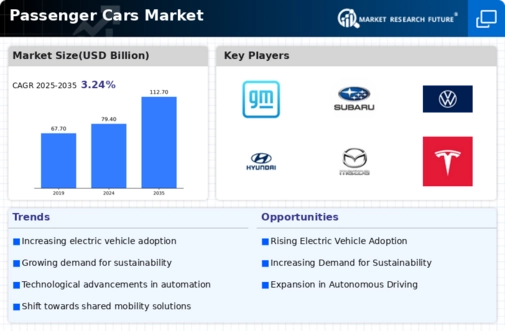
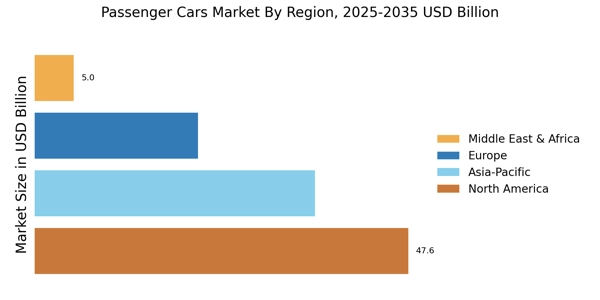
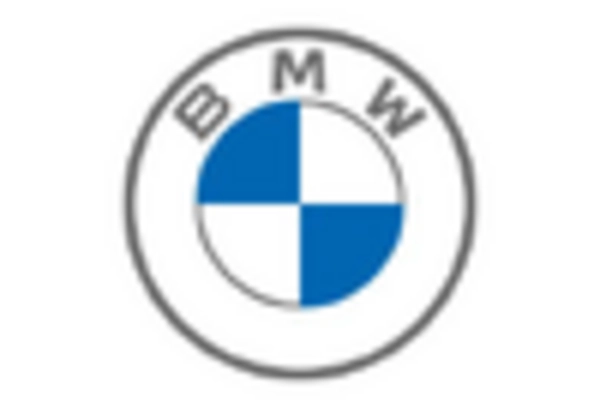


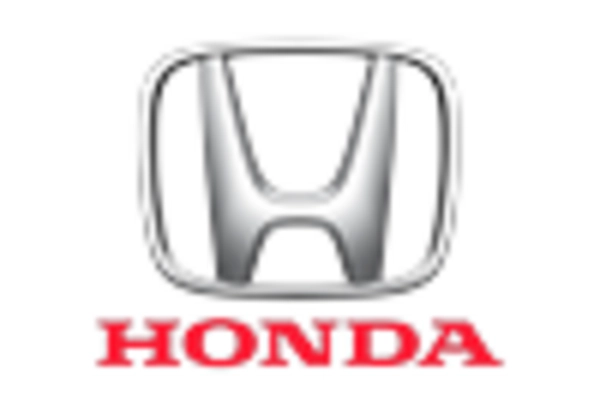
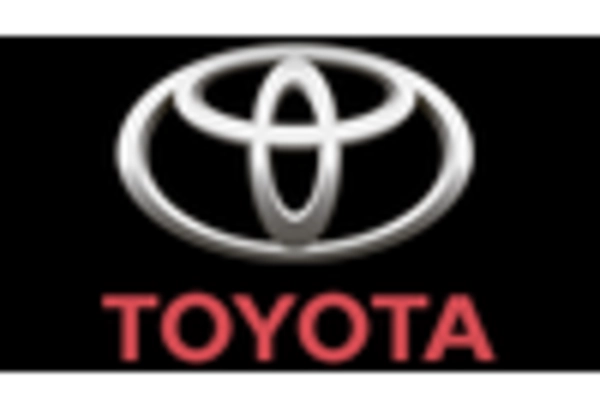
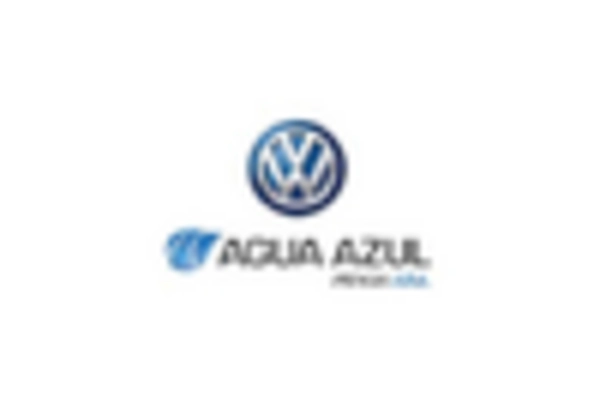








Leave a Comment